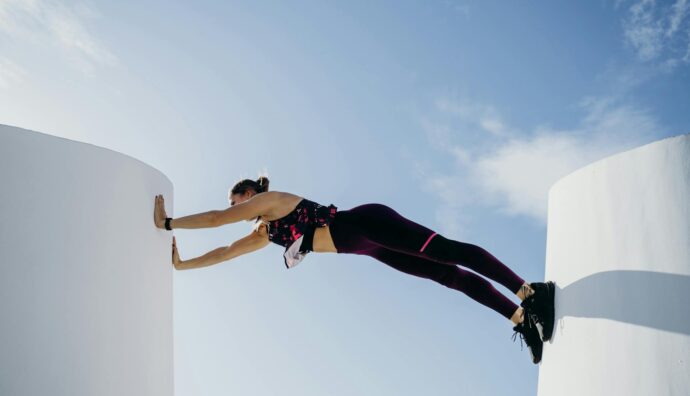We talk a lot about spontaneity. Sometimes as if it were an absolute value, as if it were a synonym of authenticity, purity, freedom. Perfection.
When applying a technique to a beginner for the first time, we usually witness quite frequent behaviors at a physical level. She/he
- turns, with his/her back to his partner;
- collapses to the ground at the slightest imbalance;
- writhes, procuring terrible contraarticular levers on his/her own;
- if he/she has learned the fundamentals of falling, then he/she will try to fall even without any invitation.
We can say that they are spontaneous reactions to a new psychophysical condition. Yet, in the spontaneity of placing oneself in dangerous or painful positions, there is nothing perfect.
In fact, much of the training in a martial discipline is aimed at developing increasing awareness. On the one hand on how to conduct an action, on the other on how to receive it in the most functional way possible. For this reason, in AIkido, 受け身 – ukemi is not just something concerning falling, rather the ability to receive what comes up.
The correction of a spontaneous as unconscious movement towards a functional and therefore free movement within rules is a complex process.
Complex because no one has ever liked the effort of being corrected.
And it is even more difficult in a very assertive society in which spontaneous and personal expression often tends to become a self-referential norm in a society in which relationships tend to dissolve, together with the social rules that should keep them together.
Yet, the practice of Aikido, like any Martial Art, teaches that spontaneity and freedom know the limit that is given by the physics of the interaction between our bodies.
We are free to turn our backs – to our practice partner or to life. But we must accept the consequences of being exposed.
We are free to move by leveraging ourselves. But the pain in the joint will be due to our choice and our movement.
In Aikido the current vulgate which often translates 武産合氣 – takemusu aiki as the Aiki(do) that arises spontaneously is of no help. In reality, introspectively, the meaning is the creation of a connection between body and mind in martial art. In a relational key it is the creation, through relationships, of power.
A spontaneous power or a conscious power?
If we look at injuries on the tatami, they only and always happen because the couple lacked awareness. Either one “pushed” the technique too hard or the other received it in a dysfunctional way. In both cases the rules of engagement failed.
Rules do not make either the movement or the purpose of the practice less free or spontaneous but on the contrary, they create a frame that enhances even more the painting that is composed and dissolved with each practice on the tatami.
Disclaimer: picture by Anna Tarazevich from Pexels

